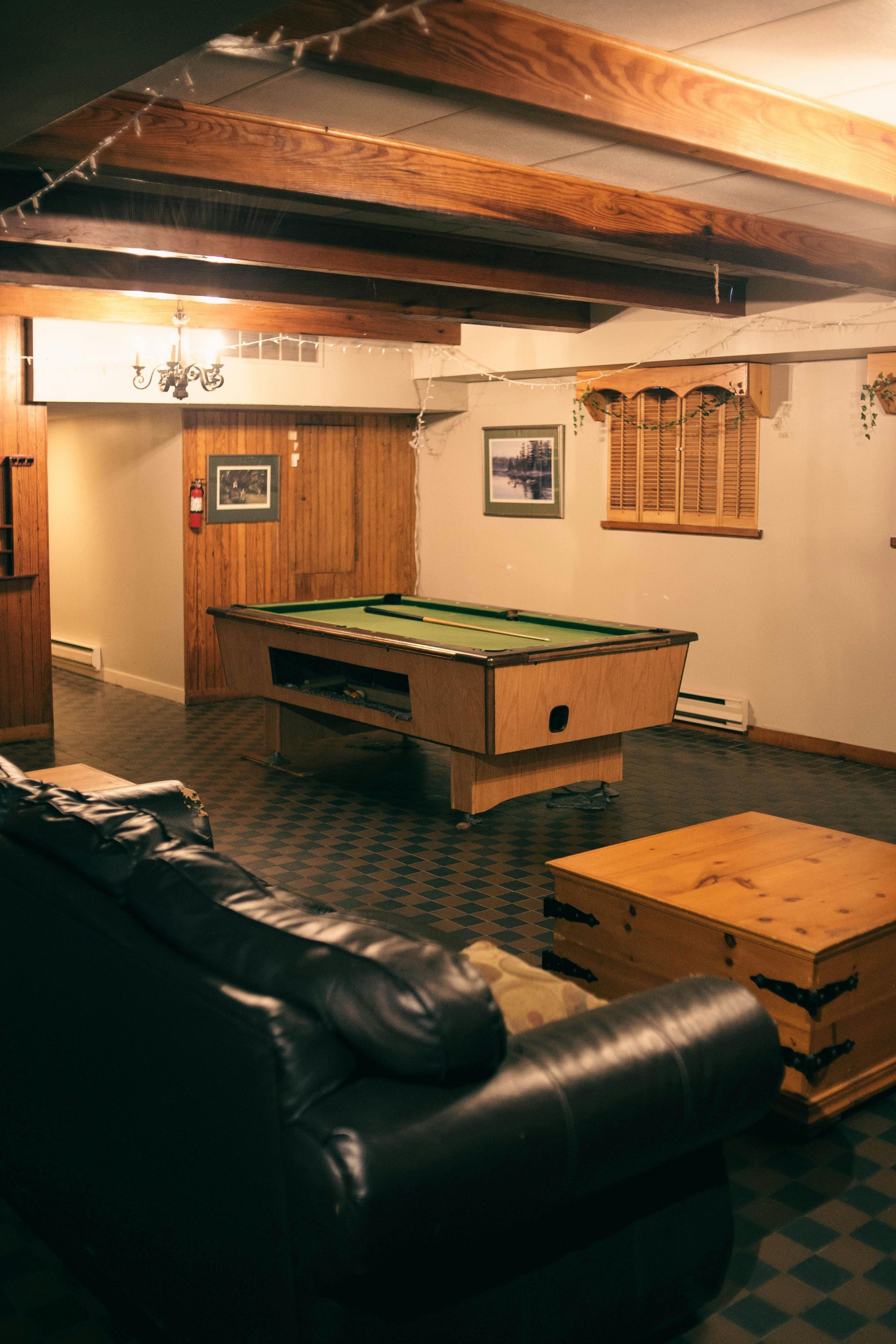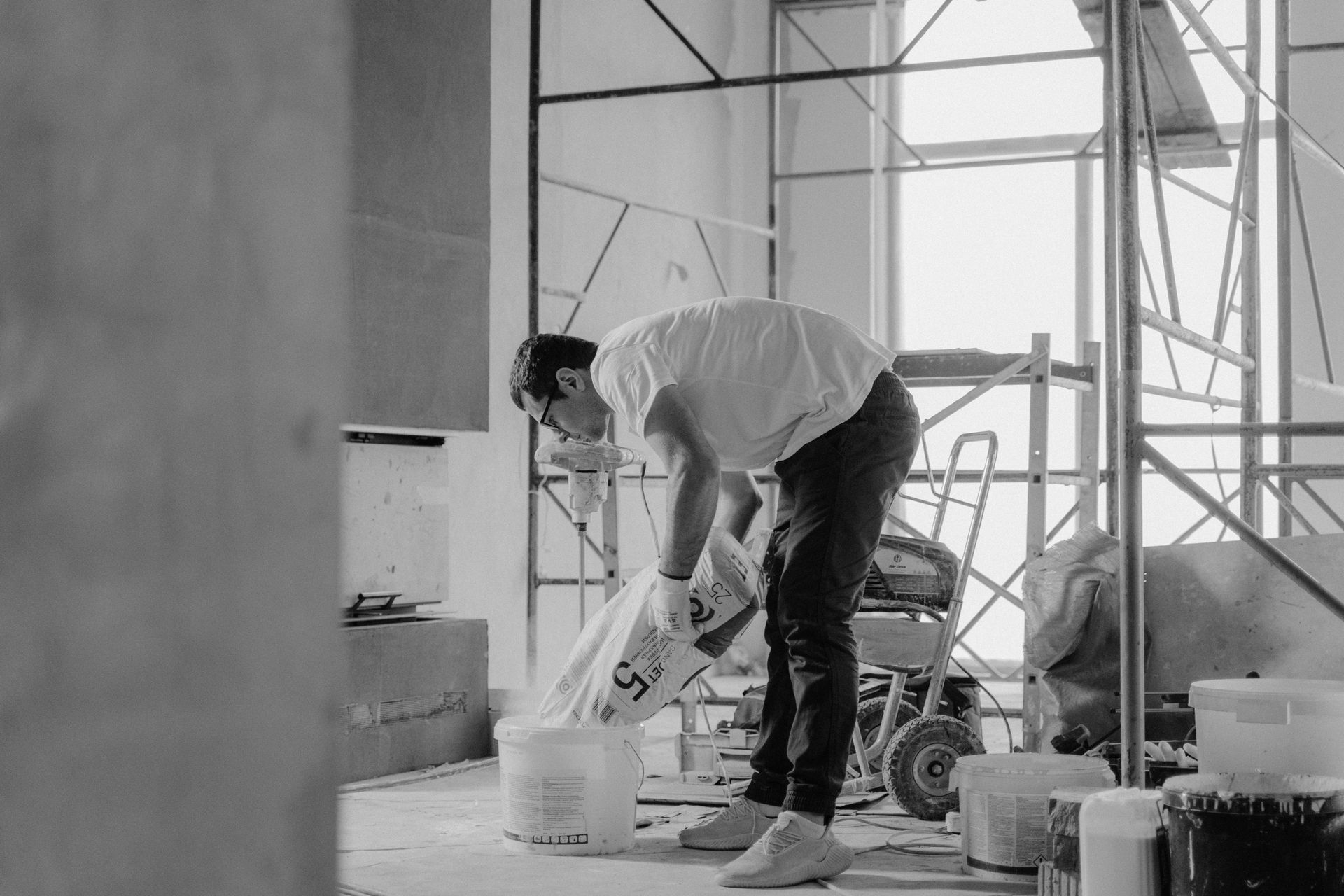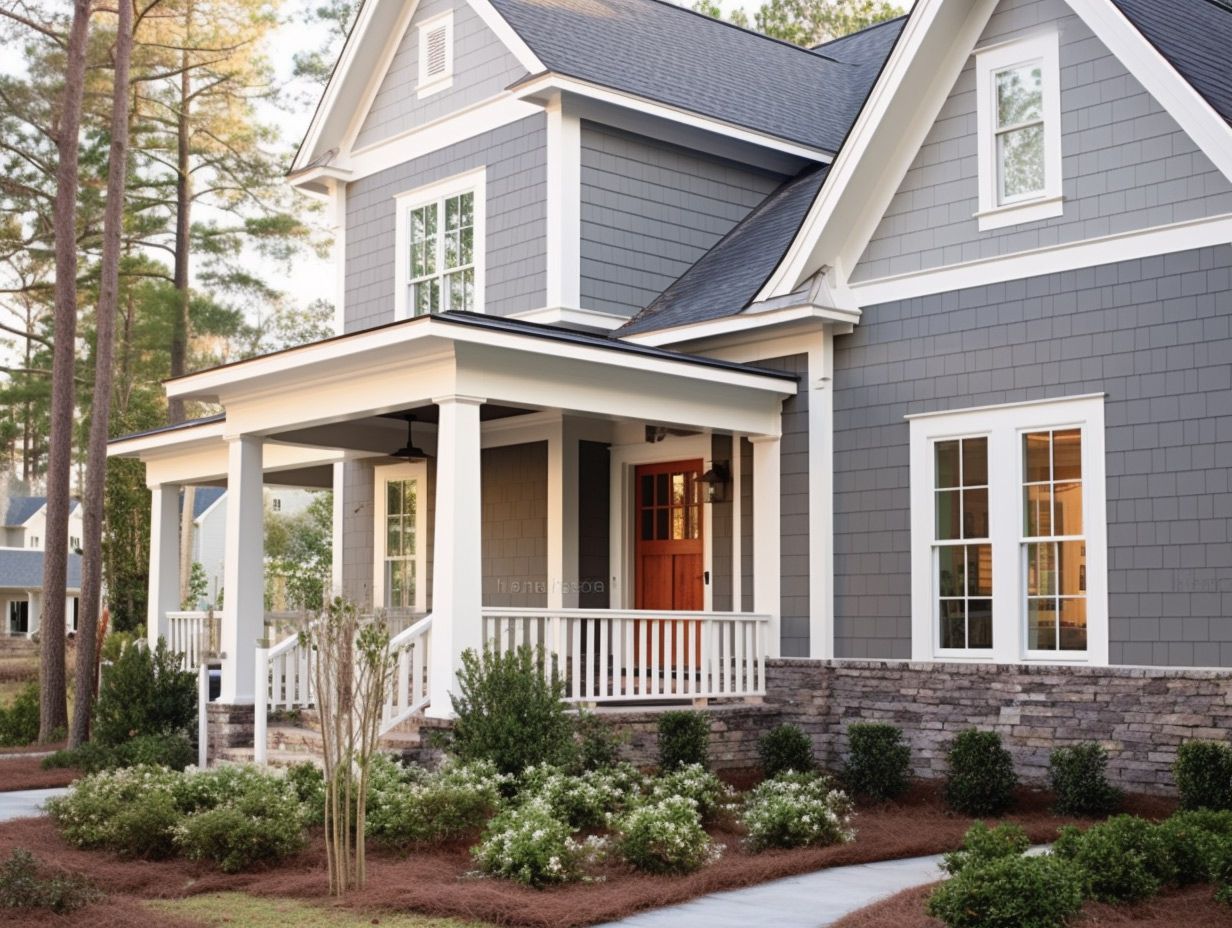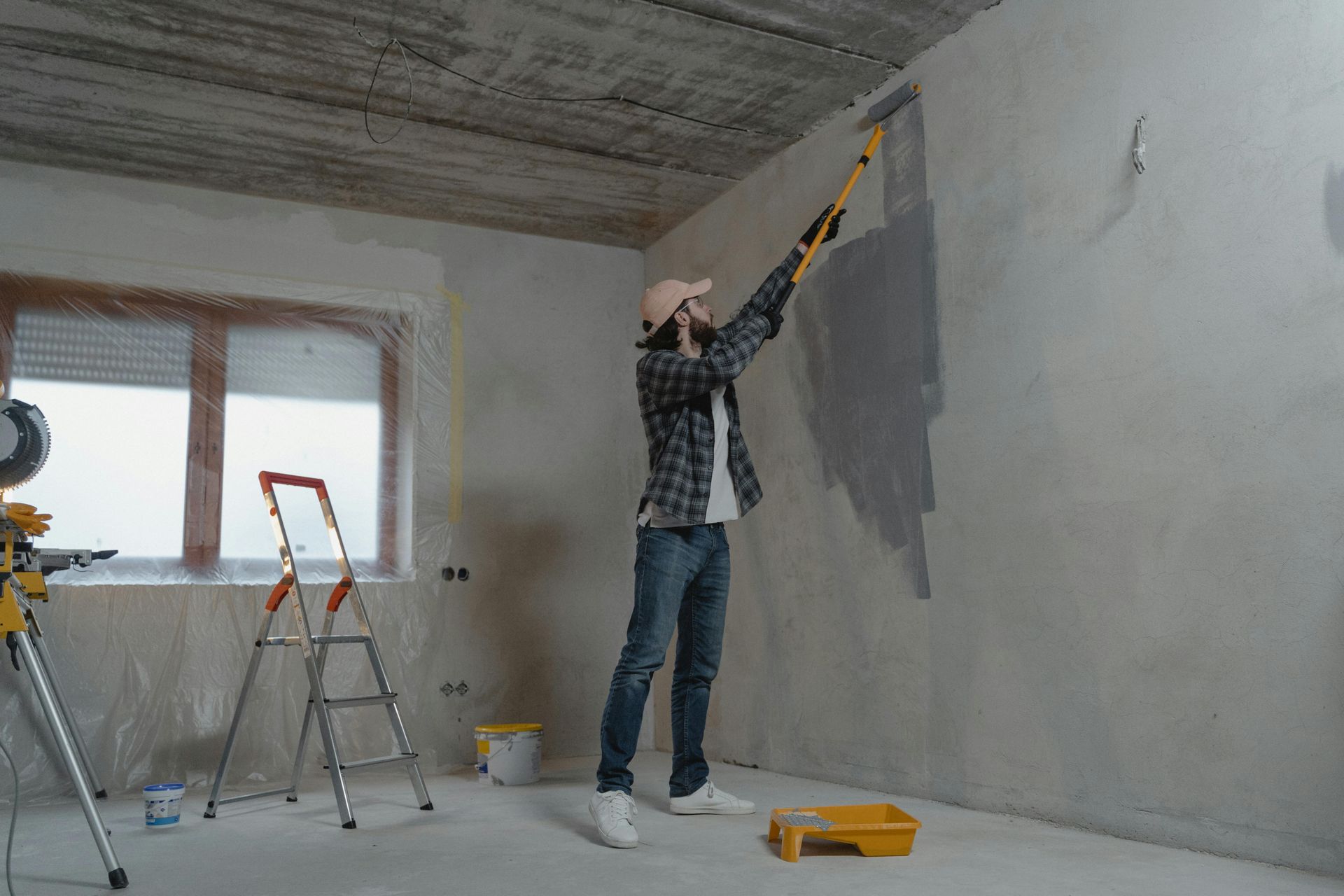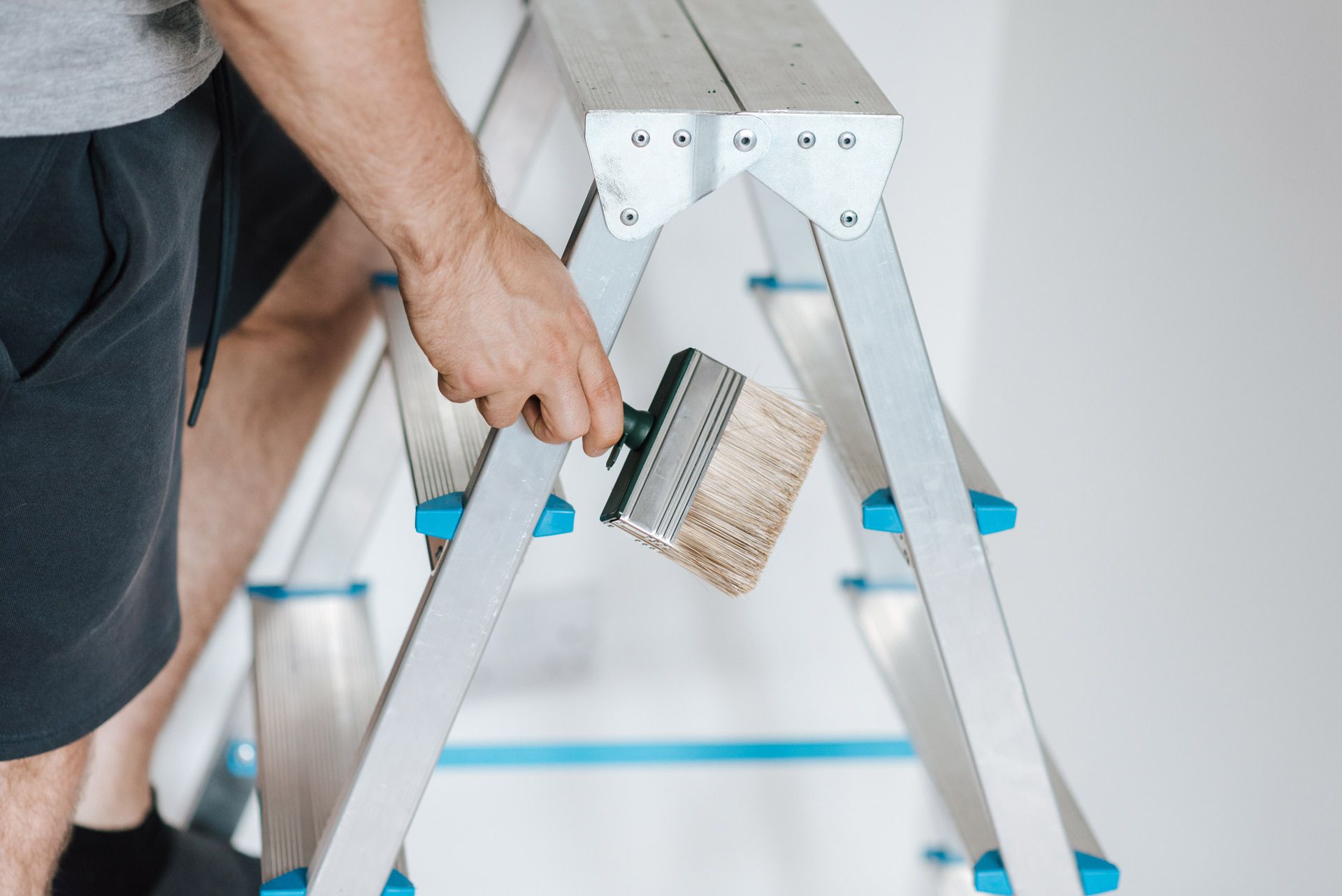Comprehensive Cost Guide to Finishing Your Basement in 2024

Thinking about finishing your basement? Smart move. It can add value to your home and create more usable space. But before you start, it's essential to know what you're getting into financially. This guide will break down the costs of finishing a basement in 2024. From initial considerations to labor, materials, and extra expenses, we've got you covered. Let’s dive in and see what you might be looking at cost-wise.
Initial Considerations
Finishing a basement isn't just about slapping up some drywall and calling it a day. Several factors can influence the overall cost, and it's crucial to consider these before you start.
Assessing the Current State of Your Basement
First, look at what you're working with. Is your basement already partially finished, or is it an unfinished space? An unfinished basement typically requires more work, which translates to higher costs. Factors like moisture issues, existing plumbing, and electrical setups can all impact your starting point.
Local Building Codes and Permits
Every region has specific building codes and permit requirements. Failing to adhere to these can result in fines or having to redo work. Check with your local municipality to understand what permits are needed and the associated costs. Typically, you can expect to pay between $500 and $2,000 for permits.
Planning Your Space
Consider how you want to use your finished basement. Are you creating a simple living area, a home theater, or perhaps a rental unit? The purpose will significantly affect the cost. Simple living spaces might be less expensive, while adding a bathroom or kitchen can drive costs up.
By understanding these initial considerations, you set a realistic foundation for your budget. Now, let’s move on to the specific cost breakdown.
Cost Breakdown by Project Scope
When planning your basement remodel, the scope of your project will significantly influence the costs. Here, we break down the costs based on different project scopes, from simple finishes to full remodels.
Simple Finishing
A simple basement finishing project typically includes basic framing, insulation, drywall, and flooring. This type of project can transform an unfinished space into a functional room without extensive customization.
- Cost Range: $10,000 to $20,000
- What’s Included:
- Basic framing and insulation
- Drywall installation and painting
- Basic flooring (carpet or laminate)
- Basic lighting
Mid-Range Remodel
A mid-range remodel involves more extensive work, such as adding built-in storage, upgrading lighting, and possibly adding a small bathroom.
- Cost Range: $20,000 to $35,000
- What’s Included:
- Everything in simple finishing
- Upgraded flooring (engineered wood or higher-end carpet)
- Better lighting fixtures
- Built-in storage solutions
- Small bathroom addition (toilet, sink, basic fixtures)
High-End Remodel
A high-end basement remodel can include custom design elements, high-quality materials, and extensive additions like a full kitchen, luxury bathroom, or home theater.
- Cost Range: $35,000 to $75,000+
- What’s Included:
- Custom flooring (hardwood, tile)
- High-end lighting and electrical upgrades
- Full kitchen or bar installation
- Luxury bathroom with high-end fixtures
- Custom cabinetry and built-ins
- Home theater setup with soundproofing
Factors Affecting Costs
- Size of the Basement: Larger basements require more materials and labor.
- Design Complexity: Custom designs and high-end finishes drive up costs.
- Existing Conditions: Addressing issues like moisture, mold, or outdated plumbing/electrical systems adds to the expense.
Understanding these project scopes and their associated costs helps you decide how extensive your remodel should be based on your budget and needs. Next, we’ll look into the labor costs involved in finishing your basement.
Labor Costs
Labor is one of the most significant expenses in any basement finishing project. The cost of labor varies depending on the complexity of the work and the professionals you hire. Here’s a detailed look at what you might expect to pay for different types of labor.
General Contractor
A general contractor oversees the entire project, coordinating between different subcontractors and ensuring the project stays on track.
- Cost Range: 10% to 20% of the total project cost
- Duties Include:
- Project management
- Hiring and supervising subcontractors
- Obtaining permits
- Scheduling inspections
Framing and Drywall
These professionals handle the structural aspects of your basement, including framing the walls and installing drywall.
- Cost Range: $2,000 to $5,000
- What’s Included:
- Framing walls and ceilings
- Installing and finishing drywall
- Sanding and priming walls
Electrical Work
Electricians install and upgrade electrical systems to meet your needs and comply with local codes.
- Cost Range: $50 to $100 per hour
- Total Cost: $1,500 to $4,000
- What’s Included:
- Installing outlets, switches, and lighting
- Running new wiring and upgrading electrical panels if necessary
- Ensuring all work meets local building codes
Plumbing
If your project includes a bathroom or kitchen, you'll need plumbing services to install fixtures and run pipes.
- Cost Range: $45 to $200 per hour
- Total Cost: $1,000 to $5,000
- What’s Included:
- Installing pipes and fixtures for bathrooms and kitchens
- Connecting to existing water and sewage lines
- Ensuring proper drainage and water flow
Flooring Installation
Flooring professionals ensure that your chosen flooring material is properly installed and finished.
- Cost Range: $1,500 to $4,500
- What’s Included:
- Preparing the subfloor
- Installing various types of flooring (carpet, laminate, tile, hardwood)
- Sealing and finishing as needed
HVAC Installation
Heating, ventilation, and air conditioning professionals ensure your basement is comfortable year-round.
- Cost Range: $2,500 to $7,500
- What’s Included:
- Extending existing HVAC systems into the basement
- Installing new heating and cooling units if necessary
- Ensuring proper ventilation and air circulation
Labor costs can vary widely based on the complexity of the project and the region where you live. Hiring experienced professionals can ensure the job is done correctly and efficiently, but it’s important to get multiple quotes and check references.
Material Costs
The materials you choose for your basement remodel significantly impact the overall cost. Here’s a breakdown of typical material expenses for various aspects of the project.
Framing and Insulation
Creating a comfortable and energy-efficient basement starts with proper framing and insulation.
- Cost Range:
- Framing: $1,000 to $3,000
- Insulation: $1,500 to $3,000
- Materials Include:
- Wood or metal studs
- Fiberglass or foam insulation
- Vapor barriers
Drywall and Paint
Drywall provides the foundational walls for your basement, while paint adds the finishing touch.
- Cost Range:
- Drywall: $1,000 to $2,500
- Paint: $500 to $1,500
- Materials Include:
- Drywall sheets
- Joint compound and tape
- Primer and paint
Flooring
Flooring options range widely in price, depending on the material and quality.
- Cost Range:
- Carpet: $2 to $7 per square foot
- Laminate: $3 to $8 per square foot
- Hardwood: $6 to $12 per square foot
- Tile: $5 to $10 per square foot
- Materials Include:
- Flooring material (carpet, laminate, hardwood, tile)
- Underlayment
- Adhesives and grout
Lighting and Electrical Fixtures
Proper lighting enhances the usability and ambiance of your basement.
- Cost Range:
- Basic fixtures: $200 to $500
- High-end fixtures: $1,000 to $3,000
- Materials Include:
- Recessed lighting
- Pendant lights
- Switches and outlets
Plumbing Fixtures
If you’re adding a bathroom or kitchen, plumbing fixtures are a significant expense.
- Cost Range:
- Basic fixtures: $500 to $1,500
- High-end fixtures: $2,000 to $5,000
- Materials Include:
- Sinks and faucets
- Toilets and showers
- Piping and connectors
Finishing Touches
These include all the little details that complete the look and functionality of your basement.
- Cost Range:
- Trim and molding: $500 to $2,000
- Doors: $150 to $500 each
- Cabinetry and storage: $1,000 to $5,000
- Materials Include:
- Baseboards and crown molding
- Interior doors
- Custom or pre-made cabinets
Selecting quality materials within your budget can make a significant difference in the look and durability of your finished basement. Always compare options and read reviews to ensure you’re getting the best value.
Additional Expenses
In addition to the primary costs of labor and materials, several additional expenses can affect your basement finishing budget. These costs can sometimes be overlooked but are essential for a successful project.
Permits and Inspections
Most basement remodeling projects require permits and inspections to ensure the work meets local building codes. These costs can vary widely depending on your location and the scope of the project.
- Cost Range: $500 to $2,000
- What’s Included:
- Application fees for building permits
- Inspection fees at various stages of the project
Waterproofing and Moisture Control
Basements are prone to moisture issues, and addressing these problems is crucial for a long-lasting remodel.
- Cost Range: $1,000 to $10,000
- What’s Included:
- Waterproofing membranes and sealants
- Sump pump installation
- French drains and exterior waterproofing
Design and Planning Fees
If you’re hiring a professional designer or architect, their fees will add to your overall costs.
- Cost Range: $500 to $5,000
- What’s Included:
- Initial design consultation
- Detailed blueprints and plans
- Ongoing design support and adjustments
Unexpected Issues
Hidden issues, such as mold, asbestos, or structural problems, can arise during the project and need to be addressed immediately.
- Cost Range: Varies widely
- What’s Included:
- Mold remediation
- Asbestos removal
- Structural repairs
Furnishings and Decor
Once the construction is complete, you’ll need to furnish and decorate your new space.
- Cost Range: $1,000 to $10,000+
- What’s Included:
- Furniture (sofas, chairs, tables)
- Decor (paintings, rugs, curtains)
- Entertainment equipment (TVs, sound systems)
Utility Upgrades
In some cases, your existing utility systems may need upgrades to support the new space.
- Cost Range: $1,000 to $5,000
- What’s Included:
- Electrical panel upgrades
- Additional HVAC capacity
- Plumbing upgrades
By planning for these additional expenses, you can avoid budget overruns and ensure your basement finishing project goes smoothly. Next, we'll explore ways to save money on your basement remodel.
Saving Money
Remodeling your basement can be a significant investment, but there are ways to keep costs under control without sacrificing quality. Here are some practical tips for saving money on your basement remodel.
DIY Where You Can
Taking on some of the work yourself can save a substantial amount of money. While some tasks should be left to professionals (like electrical and plumbing work), there are plenty of areas where DIY efforts can be effective.
- Painting: Painting walls and trim yourself can save hundreds of dollars.
- Demolition: Removing old materials and prepping the space can be done with some effort and the right tools.
- Simple Installations: Installing items like light fixtures or assembling furniture can be manageable DIY tasks.
Shop Smart for Materials
Material costs can vary widely, and shopping smart can lead to significant savings.
- Buy in Bulk: Purchasing materials in bulk can often get you a better price per unit.
- Look for Sales: Home improvement stores frequently have sales or clearance items that can help you save.
- Consider Alternatives: Sometimes, less expensive materials can mimic the look of pricier options (e.g., laminate that looks like hardwood).
Plan and Budget Carefully
Detailed planning can prevent costly mistakes and last-minute changes that add to the budget.
- Set a Realistic Budget: Know your limits and plan your remodel within them.
- Avoid Scope Creep: Stick to your original plan to avoid additional costs from changes and upgrades.
- Get Multiple Quotes: Compare quotes from different contractors to ensure you’re getting a fair price.
Use Existing Plumbing and Electrical
Reconfiguring plumbing and electrical systems can be expensive. If possible, design your layout to use existing setups.
- Bathroom Placement: Placing a new bathroom near existing plumbing lines can save significant costs.
- Electrical Setup: Utilize the current electrical layout to minimize the need for extensive rewiring.
Energy-Efficient Upgrades
While energy-efficient upgrades might have a higher upfront cost, they can save money in the long run.
- Insulation: Proper insulation reduces heating and cooling costs.
- Energy-Efficient Lighting: LED lighting uses less energy and lasts longer than traditional bulbs.
- Appliances: Choose energy-efficient appliances if you’re adding a kitchen or laundry area.
Saving money on your basement remodel involves a mix of smart planning, careful purchasing, and some DIY effort. Next, we’ll look into different financing options for your basement remodel.
Financing Your Basement Remodel
Finishing your basement is a significant investment, and not everyone has the funds readily available. Here are some financing options to help you cover the costs of your basement remodel.
Home Equity Loans
Home equity loans allow you to borrow against the equity in your home. They typically offer lower interest rates compared to other types of loans.
- Pros:
- Fixed interest rates
- Predictable monthly payments
- Interest may be tax-deductible
- Cons:
- Your home is used as collateral
- May require a lengthy approval process
Home Equity Line of Credit (HELOC)
A HELOC works like a credit card, allowing you to borrow up to a certain limit and pay interest only on the amount you use.
- Pros:
- Flexible borrowing
- Only pay interest on the amount borrowed
- Potentially lower interest rates
- Cons:
- Variable interest rates can rise
- Your home is used as collateral
- Requires disciplined repayment
Personal Loans
Personal loans are unsecured loans that can be used for various purposes, including home improvement.
- Pros:
- No collateral required
- Quick approval process
- Fixed interest rates and terms
- Cons:
- Higher interest rates than home equity loans
- Shorter repayment terms
Cash-Out Refinance
This option involves refinancing your mortgage for more than you currently owe and taking the difference in cash to fund your remodel.
- Pros:
- Lower interest rates than personal loans
- Can provide large sums of money
- Interest may be tax-deductible
- Cons:
- Closing costs and fees
- Extends the term of your mortgage
- Your home is used as collateral
Government Loans and Grants
There are government programs that offer loans and grants for home improvement projects, particularly if they improve energy efficiency.
- Pros:
- Low or no interest rates
- May not require repayment (grants)
- Cons:
- Eligibility requirements
- May require extensive paperwork
Credit Cards
Using credit cards can be a convenient way to finance smaller projects or cover specific expenses.
- Pros:
- Easy access to funds
- Potential for rewards points or cash back
- Cons:
- High interest rates
- Can lead to significant debt if not paid off quickly
Savings
Using your savings is the most straightforward way to finance a remodel, as it involves no borrowing.
- Pros:
- No interest payments
- No risk of debt
- Cons:
- Drains savings that could be used for emergencies
- May limit the scope of the project
Choosing the right financing option depends on your financial situation and the scale of your project. Carefully consider the pros and cons of each method to determine the best fit for your needs.
Conclusion
Finishing your basement can turn it into a valuable, usable space. By knowing the costs, planning well, and considering all factors, you can avoid surprises and stay on budget. Use this guide to help you through each step of your basement remodel in 2024.
For expert help with your home projects, consider MR Home Remodeling. Based in Provo, Utah, they offer a range of home improvement services. Whether you need painting, basement finishing, or a full home remodel, their skilled team of general contractors is ready to assist.
They also provide a "Sell My House Fast" option for those in a hurry to sell. MR Home Remodeling is proud to serve the Provo community and neighboring areas like Lehi, American Fork, Pleasant Grove, Orem, and Springville. Trust them to enhance your living space with quality and reliable service.

